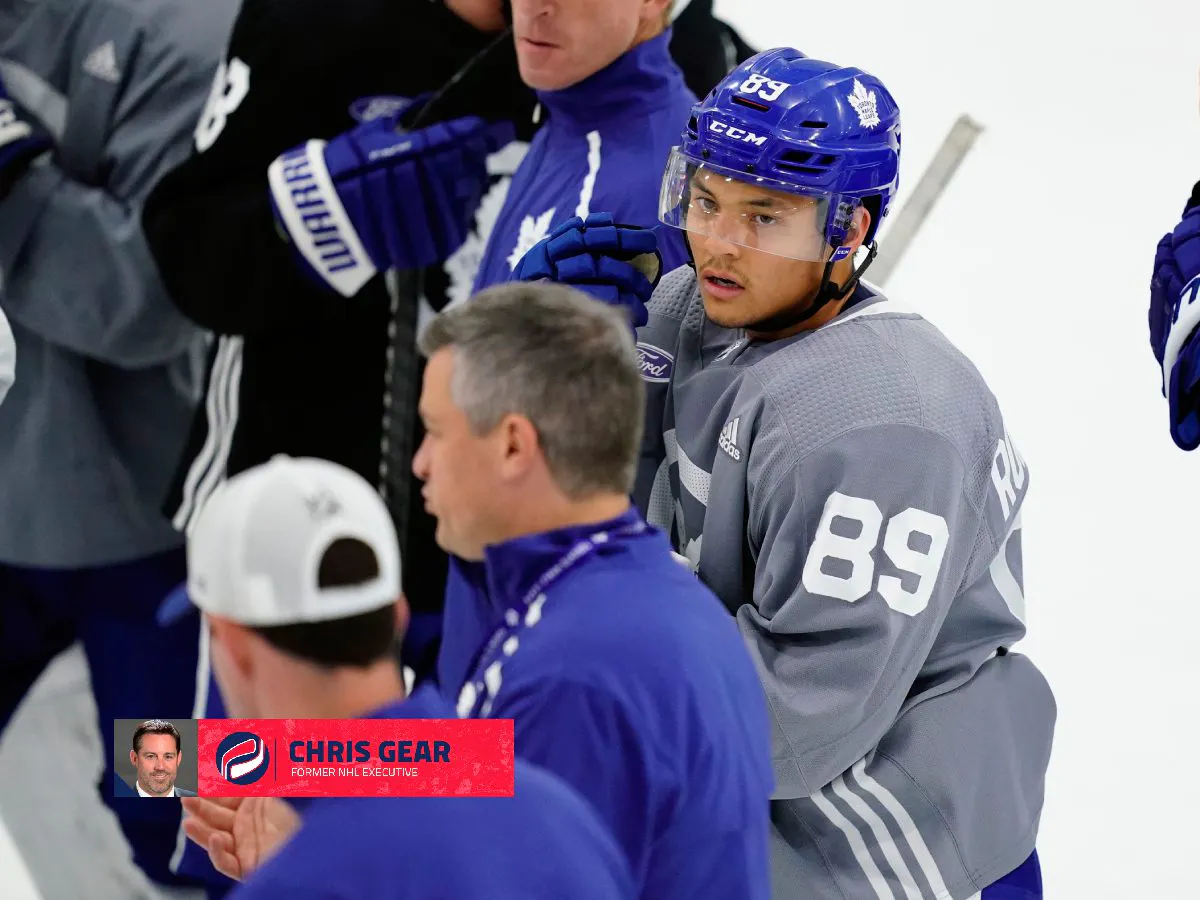Inside the Black Ace experience during the Stanley Cup playoffs

It’s NHL playoff time, and that means the intensity will ratchet up to a new level. With players sacrificing their bodies to jump in front of pucks and their opponents, injuries are bound to be a factor. It’s a war of attrition, and often the teams with the most depth are the ones that can persevere to be left standing at the end. Time for the ‘Black Aces’ to make their mark!
The Black Aces are those players called up to NHL rosters to serve as injury replacements, reserve depth and frankly, insurance. They can be added any time after the trade deadline, when the NHL’s 23-man roster limit is lifted. However, because the salary cap is in place until the end of the regular season, teams don’t usually have the cap space to carry extra bodies, so you start to see the influx of the Black Aces as soon as the regular season ends.
For any team with an AHL affiliate participating in the playoffs, the arrival of Black Aces may be a little delayed. There is no better training ground for developing players than to go through the Calder Cup playoffs, so unless a team’s injury situation is desperate, it would much rather give its AHL players the opportunity to play those meaningful games than to be spare parts on the NHL roster.
The name ‘Black Aces’ is apparently derived from the “dead man’s hand” in poker. In 1876, legendary gunfighter Wild Bill Hickok was murdered while holding a hand of two black aces and two black eights during a game. In the 1940s, Boston Bruins coach Eddie Shore started referring to players that weren’t playing or that were in his doghouse – basically guys that were “down on their luck – as Black Aces. Somehow, the term stuck.
Black Aces can be an integral part of a team when injuries pile up, but they can also be important even if they never step on the ice. In between game days, a lot of practices are optional while players use the time to rest and heal their bumps and bruises. For the guys that don’t play as much and still need a hard skate on off-days, the Black Aces are there to push them. They are also the teammates you count on to give the backup goalie(s) a good workout and readiness test.
For young players who haven’t yet had a taste of the NHL, being a Black Ace can be an eye-opening time. They see first-hand what a grind the NHL playoffs can be and how hard players need to work and train, but they also experience the perks of being in the league. It can be a carrot or a wakeup call, or both, but it’s an experience that will no doubt have an impact on their development.
Black Aces may or may not get their time to contribute on the ice, but that doesn’t mean they aren’t under the watchful eyes of coaches and management while they are with the big club. A player’s practice habits, attitude towards sitting out and overall demeanor as a teammate while a Black Ace can factor hugely in whether the player is seen as a long-term fit for the club.
In the 2019-20 NHL playoffs that took place in the bubble, being a Black Ace was never more challenging. It was hard enough for active players to endure the confinement of the locked-down environment during that tournament, but think about how it would have felt for a player not getting to participate in games. Remaining upbeat and continuing to work hard during that period was viewed by management as a very strong indication of character. I know of a couple of instances where players who otherwise might have been released at the end of the year were rewarded with an extension of their contracts in large part because of the dedication, professionalism and improvement they showed in that environment.
For older players that are beyond the prospect label and who have never ascended to the NHL despite being good two-way depth options, getting the call to serve as a Black Ace can be a reward for a strong AHL season. They can participate in the playoff bonus pool of funds available to players (Black Aces get a smaller percentage of those funds, but it is still meaningful, especially to players that aren’t usually earning large coin). More importantly, those players get to experience the feeling of being part of a NHL team during the playoffs.
Depending on how the chips fall, they may even have a chance to get their name on the Cup. Maybe being dealt a pair of black aces isn’t so unlucky after all.
____
Chris Gear joined Daily Faceoff in January after a 12-year run with the Vancouver Canucks, most recently as the club’s Assistant General Manager and Chief Legal Officer. Before migrating over to the hockey operations department, where his responsibilities included contract negotiations, CBA compliance, assisting with roster and salary cap management and governance for the AHL franchise, Gear was the Canucks’ vice president and general counsel.
Click here to read Gear’s other Daily Faceoff stories.
____
ARTICLE SPONSORED BY DAILY FACEOFF BRACKET CHALLENGE

Do you think you know who will take home hockey’s ultimate prize? Do you think you can put together the ultimate playoff bracket? Sign up for a FREE ACCOUNT for the Daily Faceoff Playoff Bracket Challenge presented by PointsBet Canada to secure your spot for a chance at prices and glory! Sign up here.